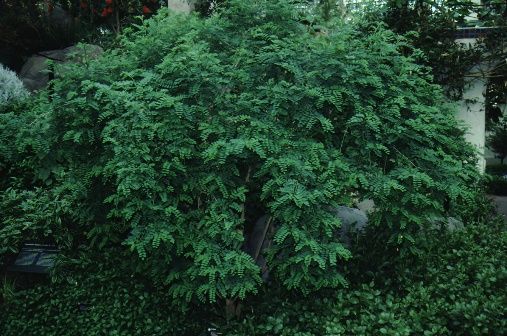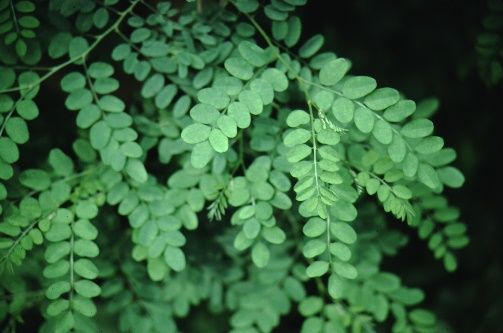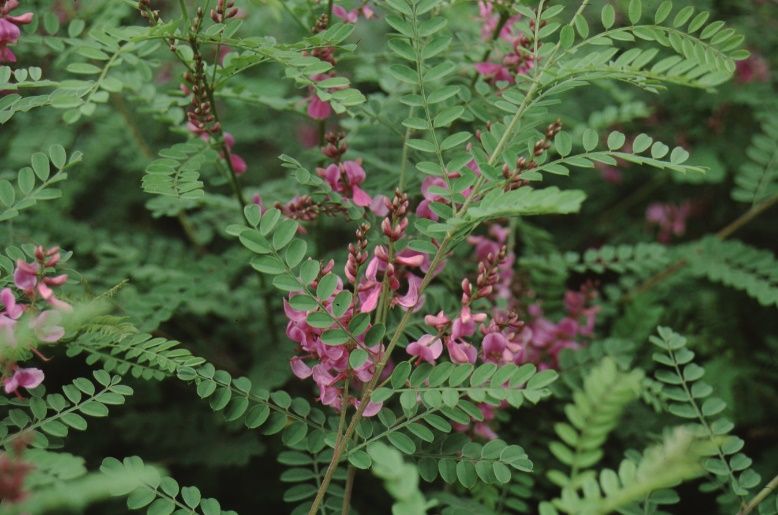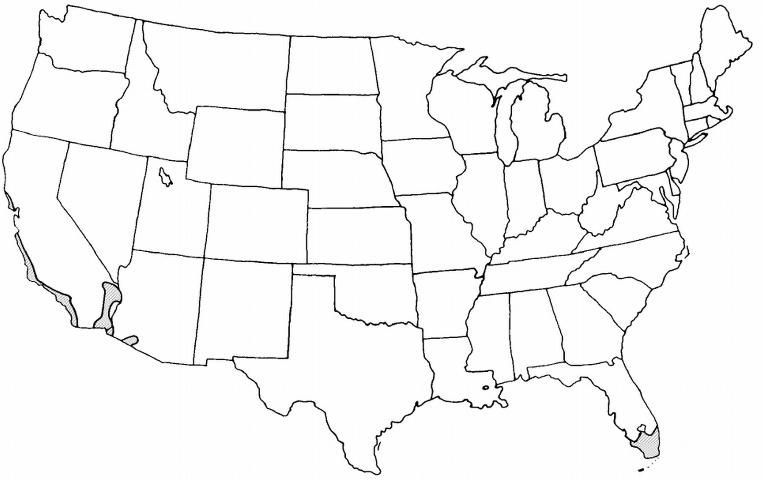Introduction
Indigo has pinnately compound leaves borne on slender, green stems typical of many plants in the legume family. Its upright growth habit eventually forms a rounded vase shape canopy about 6 feet tall.

Credit: Edward F. Gilman, UF/IFAS

Credit: Edward F. Gilman, UF/IFAS

Credit: Edward F. Gilman, UF/IFAS
General Information
Scientific name: Indigofera cylindrica
Pronunciation: in-dig-GOFF-fur-uh sil-LIN-drick-uh
Common name(s): indigo
Family: Fabaceae
Plant type: shrub
USDA hardiness zones: 10 through 11 (Figure 4)
Planting month for zone 7: year round
Planting month for zone 8: year round
Planting month for zone 9: year round
Planting month for zone 10 and 11: year round
Origin: not native to North America
Invasive potential: not known to be invasive
Uses: specimen; border
Availability: grown in small quantities by a small number of nurseries

Credit:
Description
Height: 4 to 8 feet
Spread: 5 to 7 feet
Plant habit: round
Plant density: dense
Growth rate: moderate
Texture: fine
Foliage
Leaf arrangement: alternate
Leaf type: odd-pinnately compound
Leaf margin: entire
Leaf shape: elliptic (oval)
Leaf venation: pinnate
Leaf type and persistence: evergreen
Leaf blade length: less than 2 inches
Leaf color: green
Fall color: no fall color change
Fall characteristic: not showy
Flower
Flower color: pink
Flower characteristic: showy
Fruit
Fruit shape: unknown
Fruit length: unknown
Fruit cover: unknown
Fruit color: unknown
Fruit characteristic: inconspicuous and not showy
Trunk and Branches
Trunk/bark/branches: typically multi-trunked or clumping stems; not particularly showy
Current year stem/twig color: green
Current year stem/twig thickness: thin
Culture
Light requirement: plant grows in part shade/part sun
Soil tolerances: acidic; alkaline; sand; loam; clay;
Drought tolerance: moderate
Soil salt tolerances: unknown
Plant spacing: 36 to 60 inches
Other
Roots: sprouts from roots or lower trunk
Winter interest: no special winter interest
Outstanding plant: not particularly outstanding
Pest resistance: long-term health usually not affected by pests
Use and Management
Fine-textured foliage and a neat habit makes this a good candidate for specimen planting in the garden. Young plants may be sparsely branched, but a little heading on the main stems in the spring or summer increases canopy density and branchiness. It also makes a nice candidate for planting in a container for display on the deck or patio, or by an entrance to your home or business. The unusual texture gives it a means to stand out in a shrub border or other mass planting.
Full sun to part shade give the best growth. The plant appears to adapt to a wide range of soil pH.